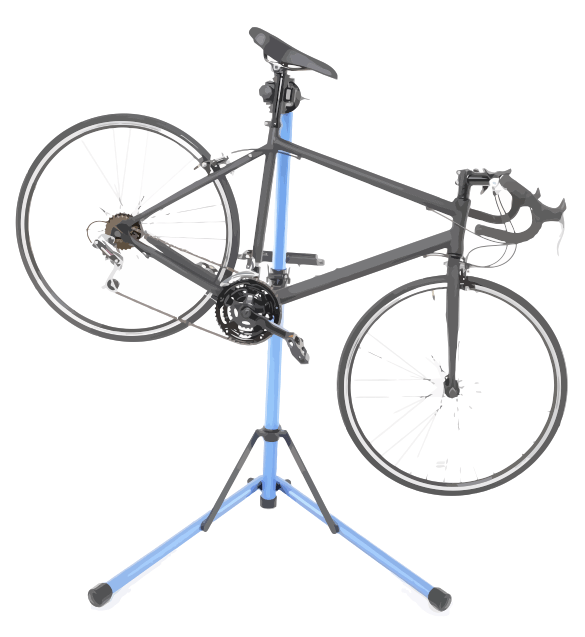Dangerous Bicycle Repairs: You're Risking Life and Limb

Most cyclists do their own repairs usually to save money or simply because they enjoy it. However, what most cyclists don't realize is that there's some truth to a little bit of knowledge can be dangerous. If you want to do your own repairs, I recommended that you do some research and perhaps take a bicycle repair course (I can personally recommend this course). Below are some areas where most cyclists are unknowingly putting themselves in danger by doing their own repairs.
Brake and Gear Cable Housings
The housing is the casing that surrounds the brake and gear cables. Both types of housings might look the same from the outside and internally they both have a metal surface. However, the gear cable, which is ‘compressionless', and is designed to provide crisper gearing requires different housing than brake cables.
The internal metal in gear cable housing (compressionless) runs parallel (linear) to the cable. Whereas the internal metal in brake cable housing is wound, much like a spring. If gear cable housing is used for brake cable there is a chance it will not hold up to the stress and your brakes will become ineffective. You can imagine the consequences of this kind of failure when an obstacle appears in front of you or you are going down hill and need to stop suddenly.
Another difference is the diameter of the cables and the housing. They have to be compatible and this is not always the case. If the housing is too large there will be too much play when you engage the brakes or change gears and the response will be slower or sluggish. If the housing is too small for the cable used then the cable will stick. This means it will be hard to engage the brakes or gears, and when you release they will not return to their neutral position.
Finally, when installing new cables do NOT grease them. Doing so will, counterintuitively, result in them sticking. Either use the specific oil recommended by the manufacturer or just a dab of light bicycle oil. This will keep them moving smoothly while also slowing the formation of rust.
Brake Pads
Most brake pads are single-directional. This means that the arrow embedded ont pad should be pointing forward. If you install brake pads backwards they can easily slip out of their metal holder when the brakes are applied. Also, make sure the brake pad is positioned in the middle to the upper part of the rim. However, when engaged, the pad should NOT touch the tire. If it does it will quickly wear out the tire and you will get a sudden flat. At the same time, make sure the pads are high enough so they will not slip off the rim and ram the spokes when engaged. Brake pads should also be positioned, so when engaged, the front of the pad will come into contact with the rim first. The difference is only by about 1-2mm, but it will improve braking power and reduce squealing noises.
Periodically check the screw securing the brake pad in place. If this becomes loose the brake pad will move either up or down, which can result in catastrophic consequences. Check the brake pads regularly for wear and replace when needed. Brake pads are the most important safety feature of a bike, however usually the most often ignored.
Brake Lever Handles
Besides making sure they are tightly secured on the handlebars and positioned in an easily reachable position, you should also check to make sure there is plenty of space between the lever and the handlebar when fully and forcefully engaged. If the space is less than 1-2 widths of your finger then they are too loose. To remedy this, tighten the cable. This is more important if you tend to engage the brakes while you maintain 1-2 fingers still on the handlebar which means you won't be able to place adequate force to brake quickly enough and you may also crush your fingers on the handlebars. With mountain bike levers also make sure the cable adjuster/tensioner is turned so the brake cable cannot slip out of position.
Tires and Rims
Every bicycle rim has a specific range of tire sizes it can safely accommodate. For example, if your rim is designed to accommodate tires from 700 X 21 to 700 X 28, this is what you should stick with to ensure a proper fit. Straying from this range will result in there being too much or too little material which can cause the tire to pop out when under pressure.
Rotational Direction
Some tires are designed to roll in only one direction. Installing them the wrong way will result in less traction, especially in slippery conditions. Before installing new tires check the sidewalls for any instructions or a distinct arrow. If you see an arrow install the tire so the arrow is pointing forward at when at the top of the tire when installed. For this reason tires cannot be ‘flipped' or rotated as one side wears out more than the other side.



Leave a Reply